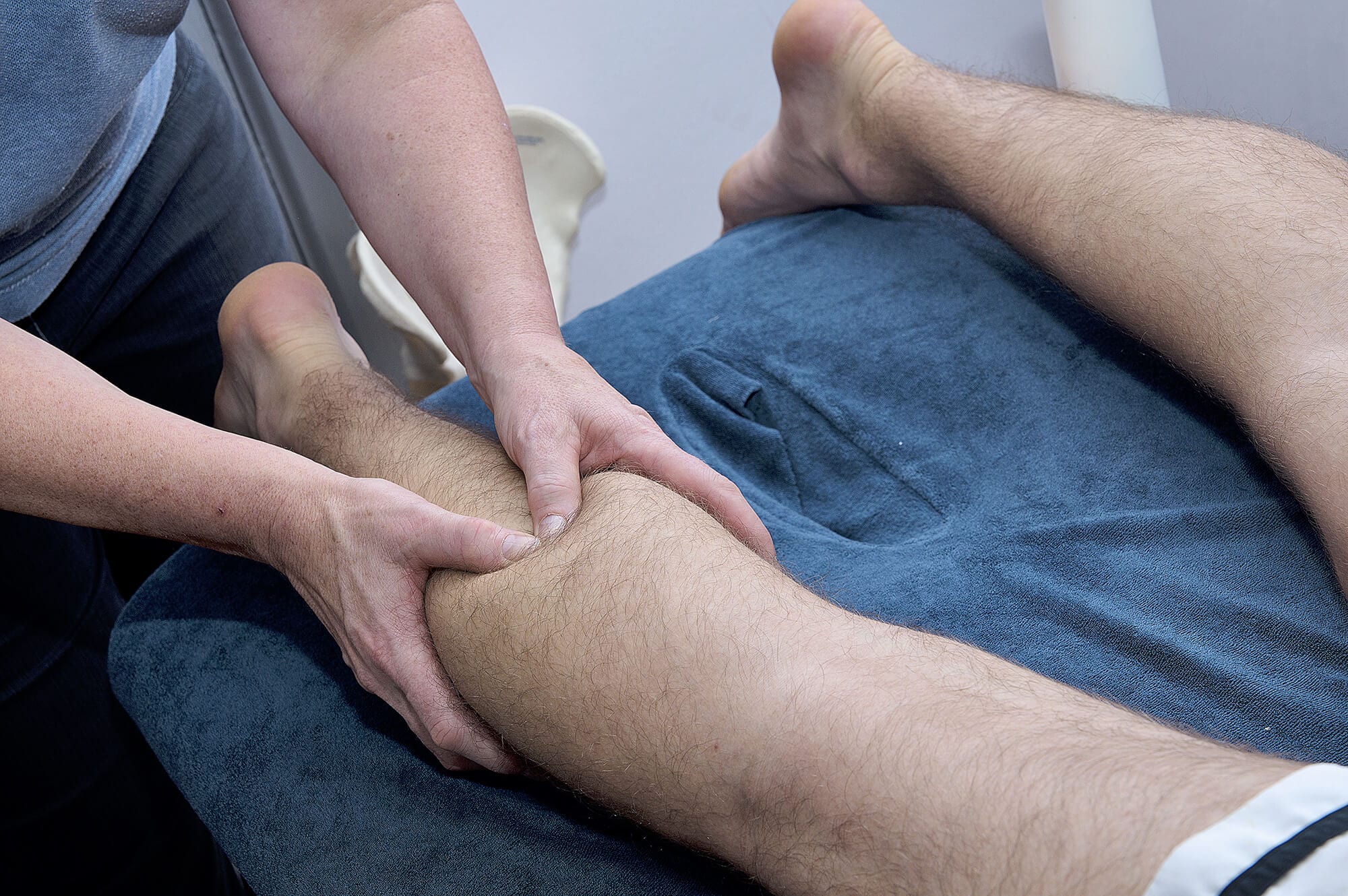Home / Treatments Offered / Manual Therapies / Joint Mobilisations


This is a manual therapy based on the work of Geoff Douglas Maitland who’s treatment techniques are used world wide by physiotherapists. They are the basis for many other techniques used by physiotherapists and are taught extensively in all colleges so when therapists graduate they have an excellent grounding in these effective techniques.
There are 5 different grades of joint mobilisations and they are believed to produce different effects and are used by physiotherapists in all stages of treatment from the acute to the very chronic.
*Manipulation – when mobilisations are carried out at a grade V (five) they are manipulations.
MONDAY – FRIDAY
8am – 9pm
SATURDAY
9am – 2pm
SUNDAY
Closed